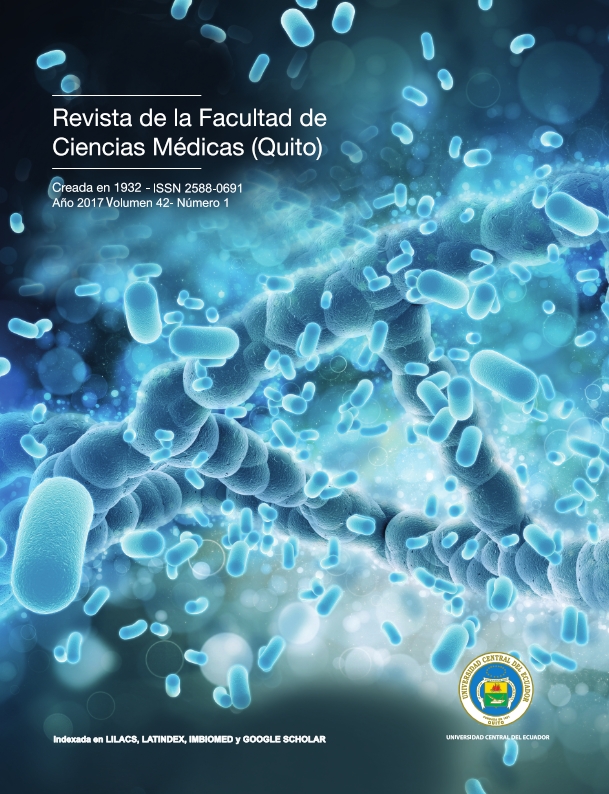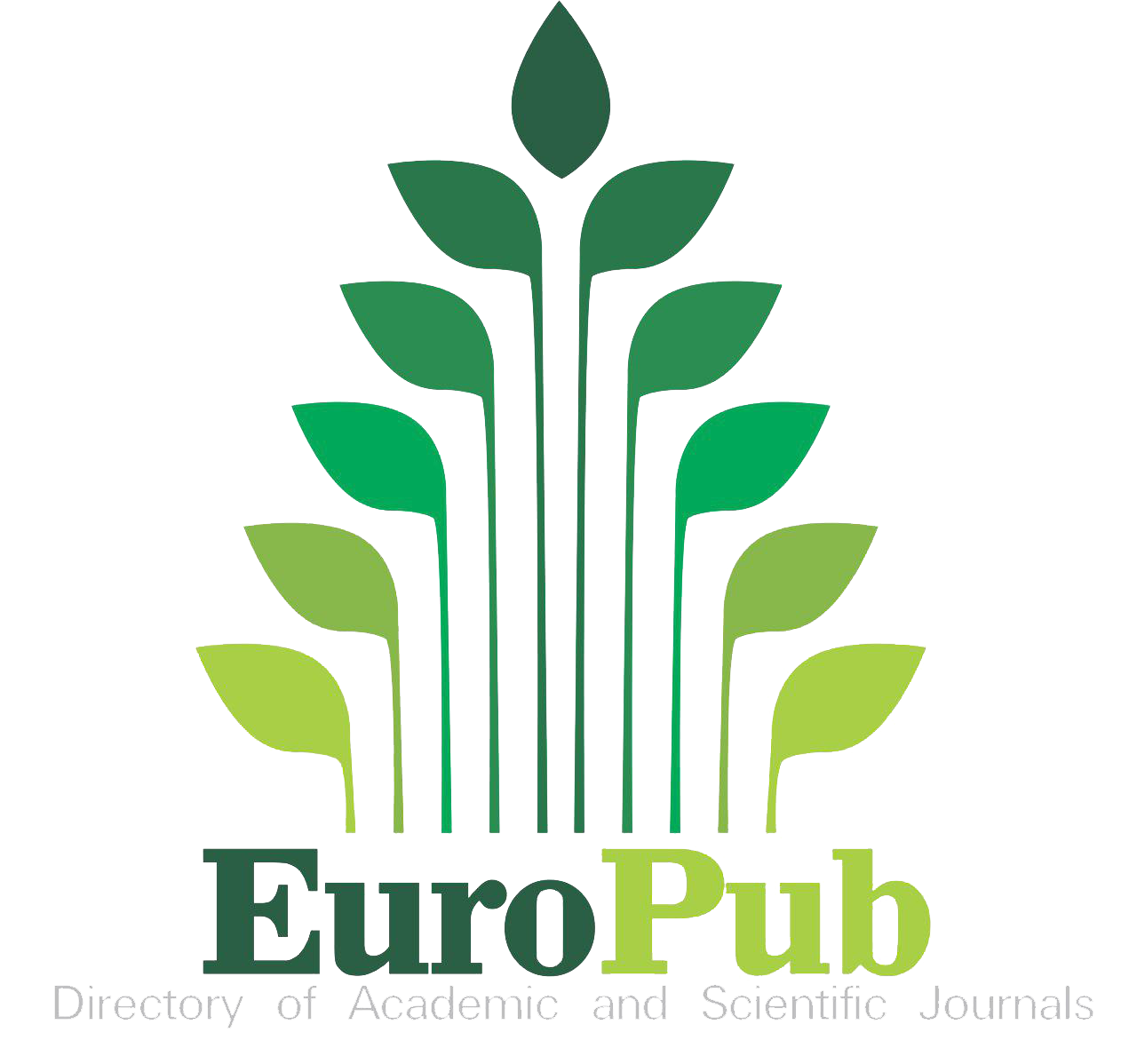Vinculación con la sociedad y universidad saludable
DOI:
https://doi.org/10.29166/ciencias_medicas.v42i1.1576Keywords:
Bonding with society, public health, sumak kawsay, good livingAbstract
This is a brief essay that tries to share the academic language with the population to inte-grate with the local actors, in a collective and participative way, the contributions of individ-ual research in concrete actions that benefit the social groups, as happened in the last cen-tury., When the solidarity revolution of women was born for their rights, the daily physical exercise for the care of the body and the defense of nature. The link with society is one of the three missionary components of the University, along with teaching and research. It gives the university the pertinence as a relation of the needs of the population with the pro-files of the careers. It is responsible for the link between academia and local human devel-opment, both urban and rural. This development is not exclusively economic, and it is in the hands of the local social organizations, the organized population, and depends on the role of the State.
Downloads
Metrics
References
Brock D. Medidas de la calidad de vida en el cuidado de la salud y la ética médica. En Nussbaum M y Sen A. Compiladores. La calidad de vida. Fondo de Cultura Económica. México; 1996.
Choquehuanca D. Principios del Sumak Kawsay, Conferencia UASB; 2009.
Constitución Política del Estado Boliviano (CPE), La Paz; 2009.
Escandell V. Vivir Bien, ALBA y socialismo del siglo XXI ¿Paradigmas opuestos? En Farah I, y Vasapollo L. Estermann J. Filosofía Andina, estudio intercultural de la sabiduría au-tóctona andina. AbyaYala. Quito;1998.
Farah I y Vasapollo L. Vivir bien: ¿Paradigma no capitalista?; 2011, CIDES-UMSA, Sapienza. Universidad de Roma. OXFAM. Bolivia; 2011.
Funtowicz S. y Marchi B. Ciencia posnormal, complejidad reflexiva y sustentabilidad, en La complejidad ambiental de Leff E. Siglo XXI Editores, PNUMA, México, 2000.
Granados C. El Movimiento de UPS 2003-2015, RECUPS y RIUPS. Bogotá; 2015.
Huanacuni M. Vivir Bien/Buen Vivir, Filosofía, políticas, estrategias y experiencias regionales. La Paz, Convenio Andrés Bello. Instituto Internacional de integración; 2010.
Kickbusch I. Promoción de la salud: una perspectiva mundial, en Promoción de la Salud: Una antología, OPS, Publicación No. 557. Washington; 1996.
Leff E. Pensar la complejidad ambiental, en La complejidad ambiental. México. Siglo XXI Editores, PNUMAM; 2000.
Lovelock J. La venganza de la tierra, la teoría de Gaia y el futuro de la humanidad. Barcelona. Editorial Planeta; 2006.
Max-Neef M. Desarrollo a escala humana. Barcelona; 1994.
Maxwell A. Una teoría sobre la motivación humana; 1943.
Medina J. Suma Qamaña, por una convivialidad postindustrial. La Paz, Garza Azul Edito-res; 2006.
Morin E. Para salir del siglo XX. Barcelona. Editorial Kairós; 1982.
Morin E. Mi camino, Barcelona, Gedisa editorial; 2010.
Nussbaum M y Sen A. (Compiladores). La calidad de vida. Fondo de Cultura Económica. México; 1996.
Pérez O. La Constitución de Montecristi. Un sueño Colectivo. El camino hacia el Buen Vivir. Quito, Asamblea Nacional; 2010.
Plan Nacional del Buen Vivir, 2009-2013. Quito. SENPLADES; 2009.
Plan Nacional del Buen Vivir 2013–2017. Quito. SENPLADES; 2013.
Ramírez R. Socialismo del Sumak Kawsay o biosocialismo republicano, en Socialismo y Sumak Kawsay, nuevos retos de América Latina. Quito. SENPLADES; 2010.
Simbaña H. Pertinencia, Vinculación con la Sociedad, UCE; 2015.
Sen A. The ends and means of sustainability, Key note Address at the International Conference on Transition to Sustainability; 2000.
Uzeda, I, en Farah, Ivonne, y Vasapollo, Luciano. Vivir Bien, ¿Paradigma neocapitalista? La Paz; 2011.
Vacacela R. Sumac Causai, Vida en armonía. Instituto Quichua de Biotecnología. Sacha Supai. Quito. AbyaYala; 2007.










